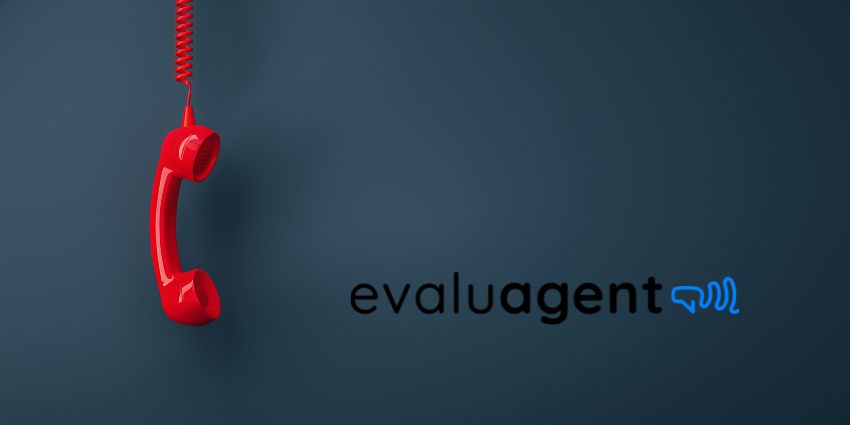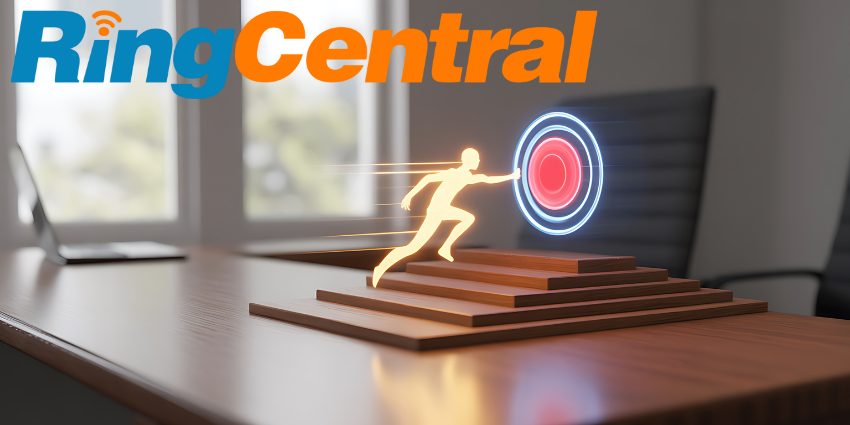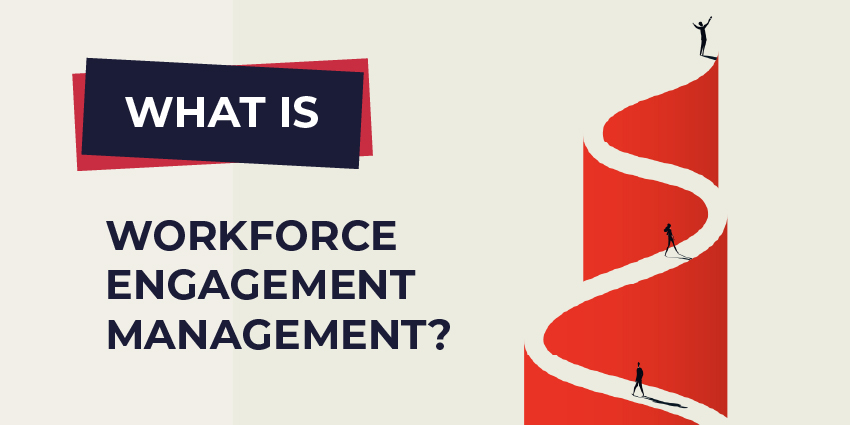Analysts and commentators have been predicting the death of the voice channel since Nirvana and Tupac were topping the charts, and a Tamagotchi was the must-have Christmas present.
Yet, to paraphrase Mark Twain, the reports of its death have been greatly exaggerated.
Indeed, new Evaluagent research reveals that voice channels still account for most contact center inbound interactions (65 percent) – a figure that has remained relatively steady for over a decade and shows no sign of dwindling in the immediate future.
Unfortunately, the study also suggests the voice channel’s continued popularity has not been matched by the efficiency of the service provided.
The pandemic exasperated this underperformance, and voice has struggled to recover since, with the report revealing a deterioration in several telephone performance metrics between 2017 and 2022:
- Average speed to answer: 73 seconds (23-second increase).
- Call abandonment rate: 6.3% (0.4% increase).
- Average call duration: 7 minutes, 6 seconds (42-second increase).
- Cost per inbound call: $6.55 ($1.30 increase).
However, these statistics may not tell the full story, according to James Marscheider, Chief Commercial Officer at Evaluagent.
In discussing the shortcomings of voice, Marscheider mentions the often-cited reason that self-service is snapping up the simple queries, meaning that – as a by-product – voice has become the home of the more complex and time-consuming issues.
He also highlights the disconnect between the contact center and the people who design customer journeys through a real-life example:
“There was an insurance company that had an offer with a certain type of policy for lease cars, and it was really difficult for customers to activate the offer. They couldn’t work out how to do it through the website, so they kept calling in and calling in.
“This meant the company was getting all these calls about the same subject from the same people, all because someone wasn’t able to do their job properly.
“Once we connected the customer insight from the contact center to the people who designed the experience, it was solved within around half an hour, and all those calls disappeared.”
Conversational Analytics and Voice: A Match Made in Contact Center Heaven
As outlined by Marscheider above, it is essential for a company to be able to pinpoint precisely where and why they are experiencing an issue. This is where evaluagent’s conversational analytics come in.
Deploying this technology alongside Auto-QA (automated quality assurance) allows contact center leaders to measure the intent across every customer interaction.
In doing so, service teams can spot where customer satisfaction and quality drop, and then take targeted action.
Such an analytical approach means that companies can understand what is causing their demand and why agents may be struggling with certain topics – resulting in an overall leveling up of performance.
While evaluagent’s tech can certainly assist a CX or customer service team, Marscheider is still quick to point out that they must be used in conjunction with engaged, well-trained, and motivated agents.
As he so succinctly puts it: “There’s no point getting through to someone who hasn’t had the necessary coaching and lacks the proper support materials.
Giving them (agents) the tools to do the job properly and motivating them is absolutely essential.
Demand Drivers and Disconnections
Another issue that Marscheider feels is inhibiting voice channels is the inability to define demand drivers and, in doing so, discern the root cause of problems.
When an organization does this, it can measure the severity of each issue and how much it costs the business.
However, one of the most prominent problems preventing companies from determining their demand drivers is a disconnect between the contact center and the rest of the businesses
Still, too many higher-ups view it as “a cost center, not a contact center,” as Marscheider puts it.
Forward-thinking organizations recognize that these guys (contact center agents) are at the frontline. They talk to customers all the time. They have a better understanding of what customers think than probably anybody else.
“And you can suck all of that information and insight back into the core organization. The value that the contact center then brings to the broader organization internally and externally is massive – and you can’t get that if you’re just digital first.”
To discover more insights and information on the role of voice channels in the contact center, download Evaluagent’s ‘Voice: Its Place in a Multichannel World’ report today.







